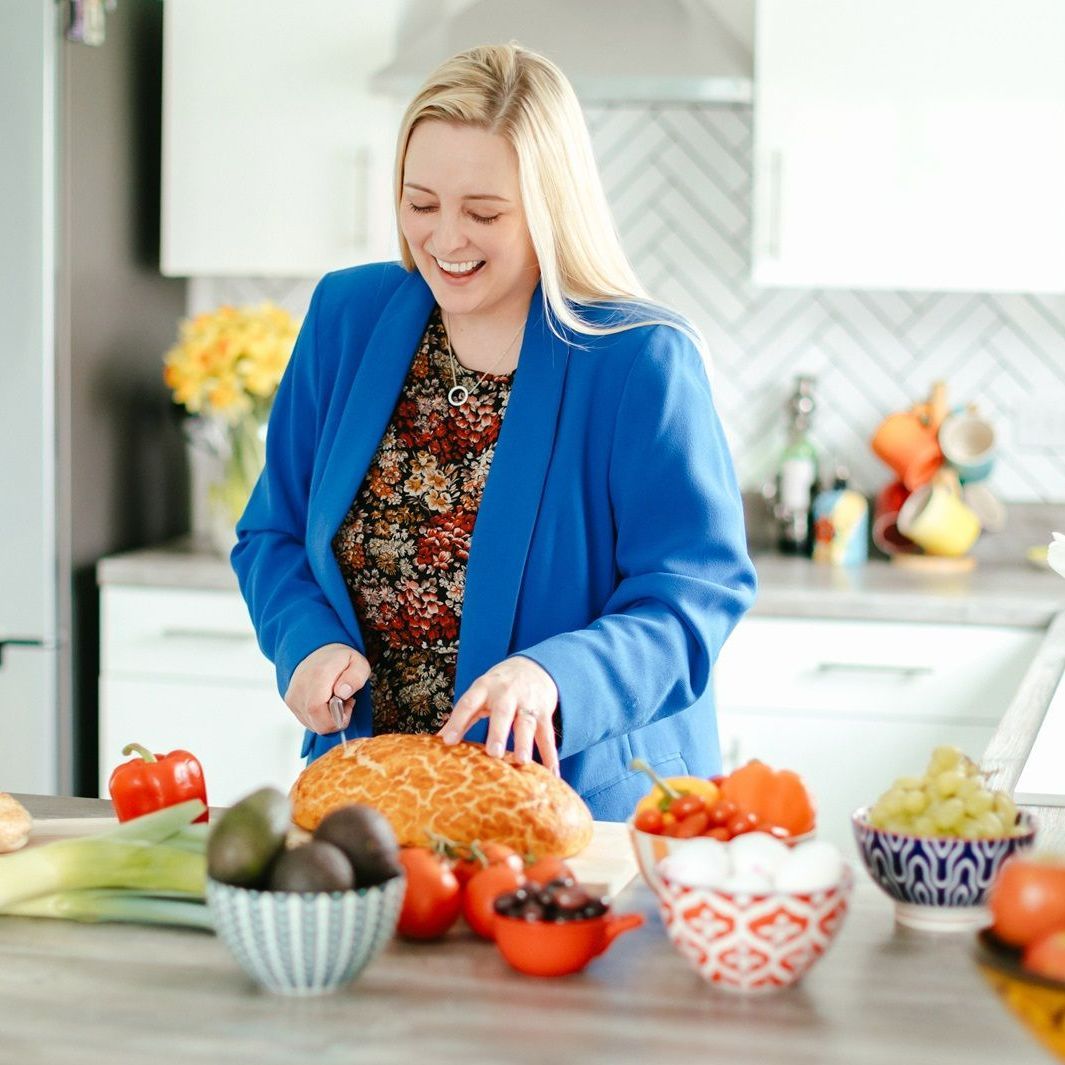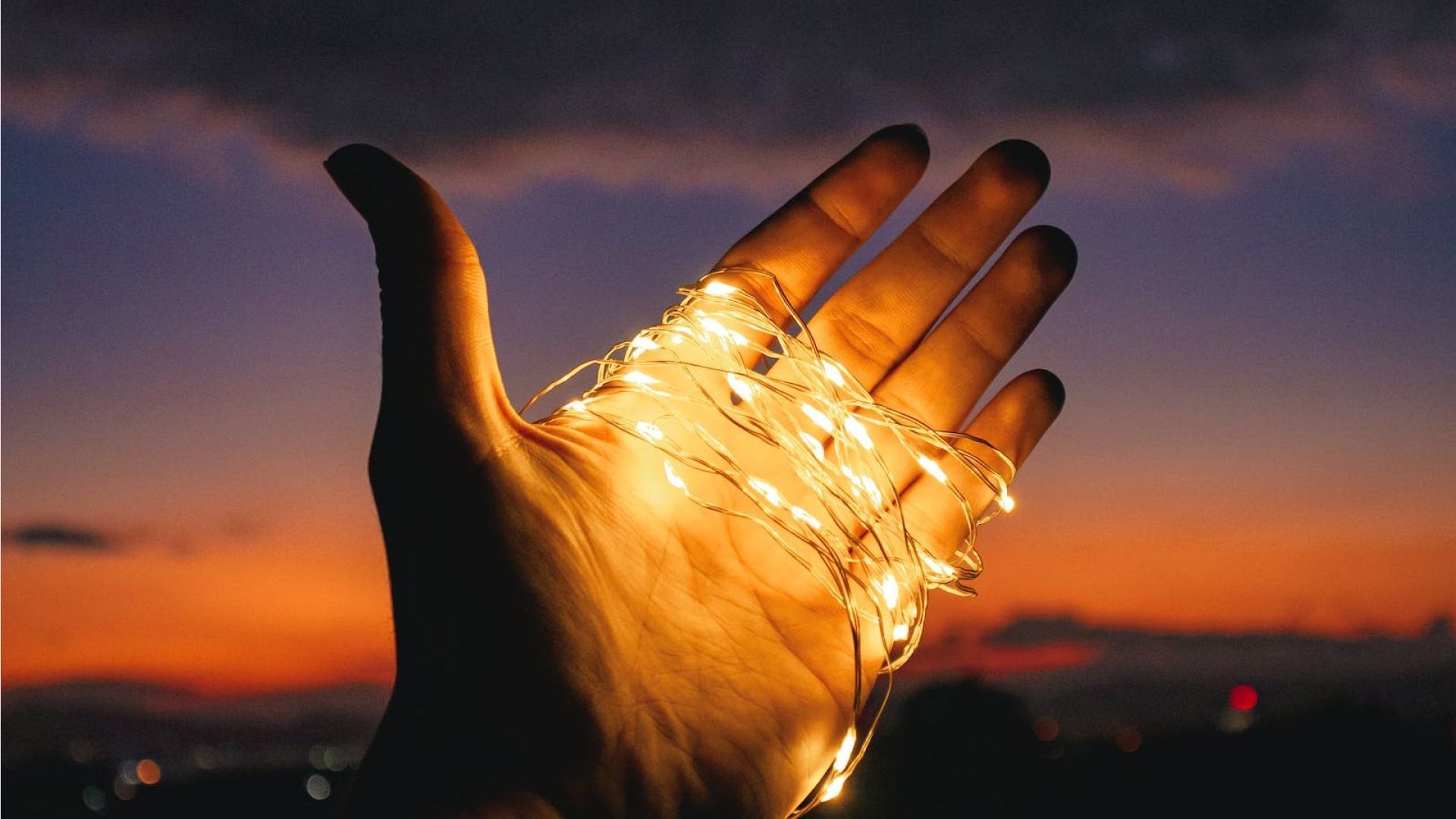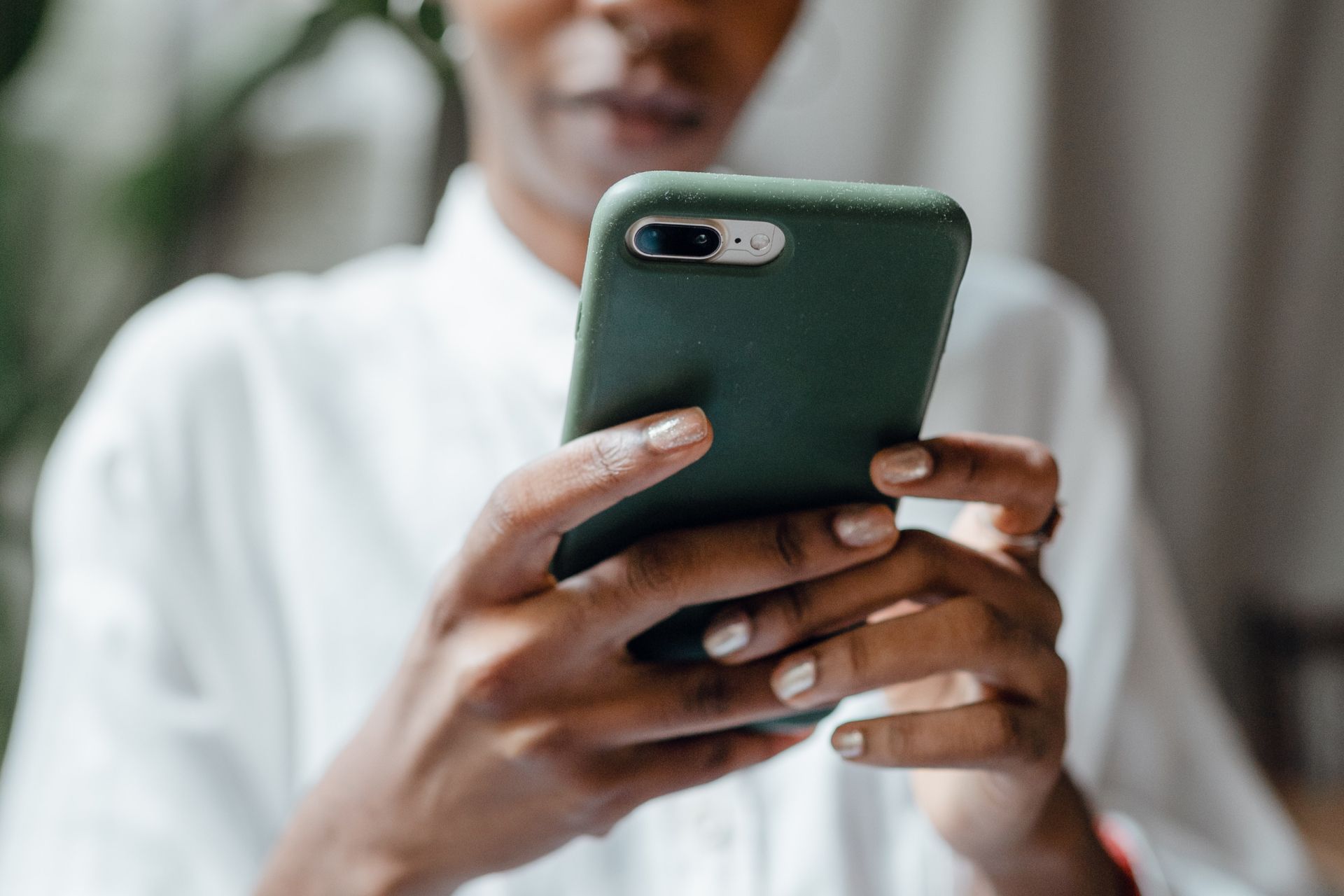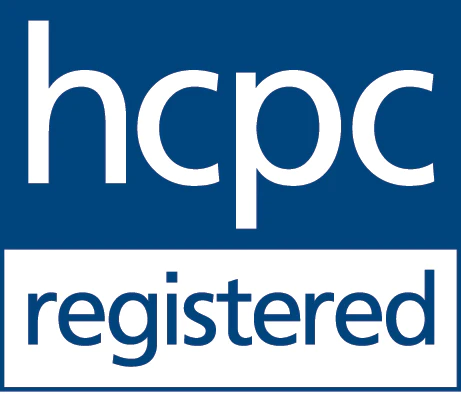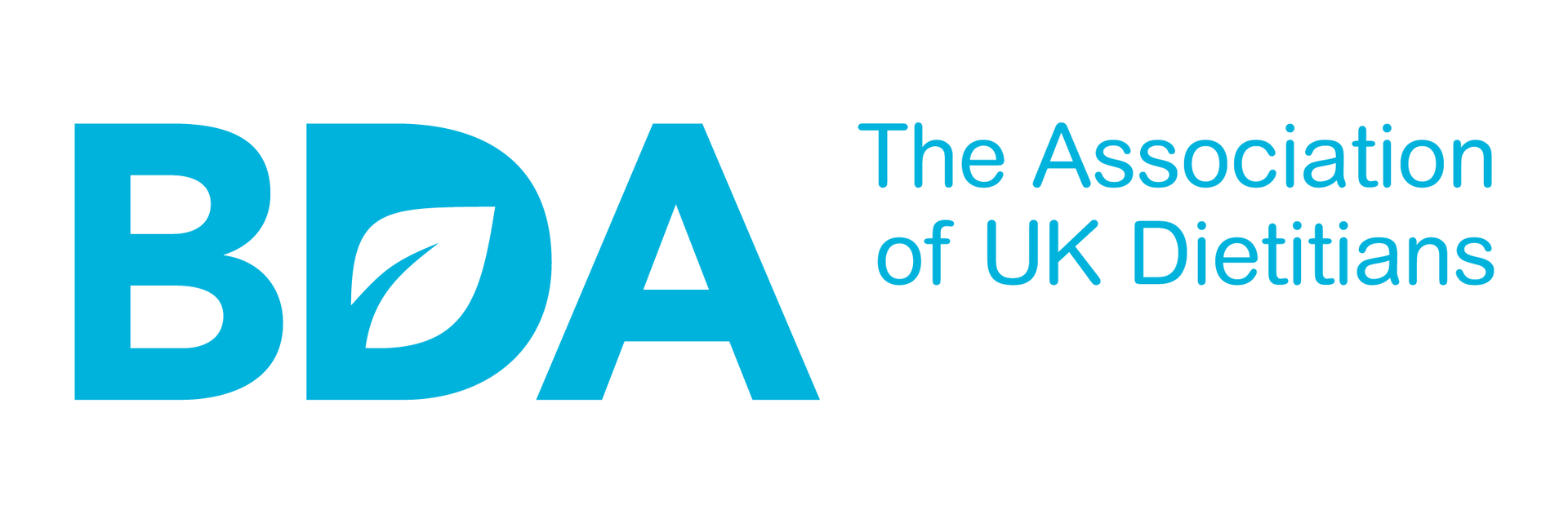How to Nourish Your Body Effectively on GLP-1 Medications Like Ozempic and Mounjaro
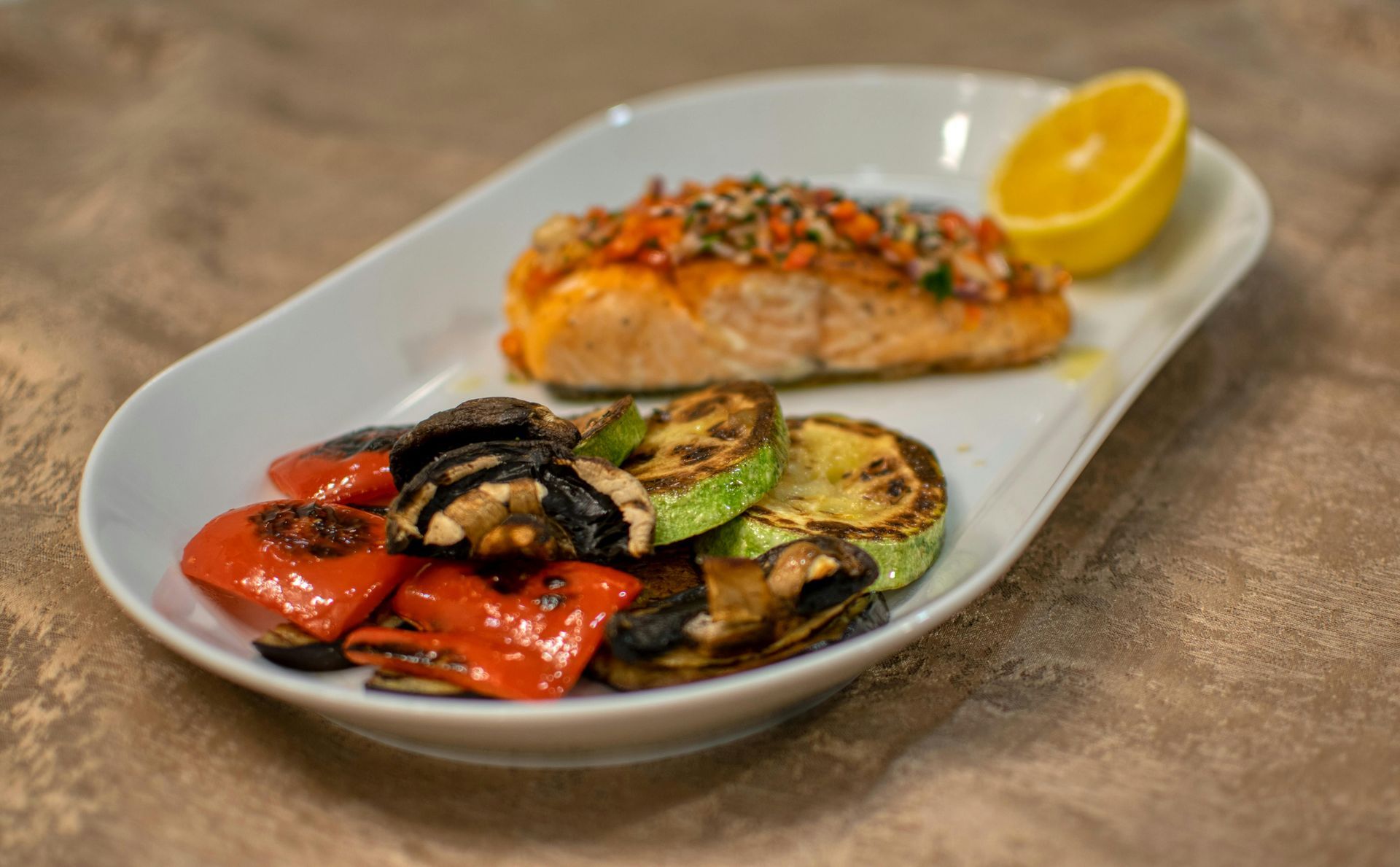
If you’re taking a GLP-1 medication such as Ozempic, Mounjaro, or similar, you’ve likely noticed one of the most immediate effects: a significant reduction in appetite. While this appetite suppression is helpful for weight loss and blood sugar management, it also brings new challenges when it comes to getting enough nutrition.
In this blog, we’ll explore how GLP-1 medications change your eating habits, what to prioritise when eating with a reduced appetite, and how to avoid common nutritional pitfalls. Whether you’re managing type 2 diabetes, or looking to lose weight, maintaining a balanced, nourishing diet is essential.
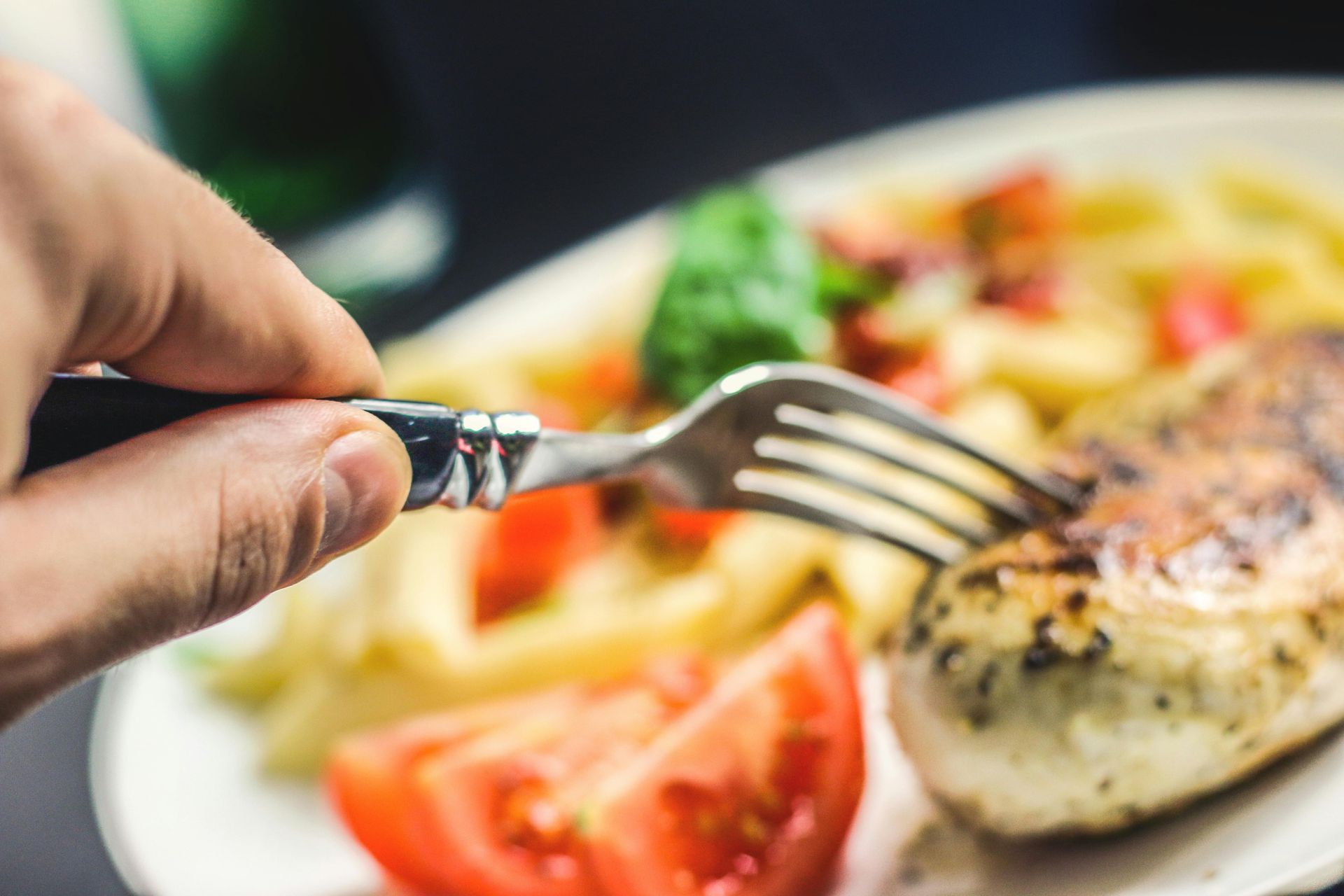
🧠 How Do GLP-1 Medications Affect Appetite?
GLP-1 receptor agonists like Ozempic and Mounjaro work by mimicking the GLP-1 hormone, which affects several areas of your digestive system and brain. These medications:
- Slow gastric emptying (food stays in your stomach longer)
- Suppress hunger signals in the brain
- Improve insulin sensitivity and glucose control
The result?
You feel full faster, stay full longer, and are likely to consume fewer calories overall, a key reason why many people see success with weight loss using GLP-1s.
However, less hunger doesn’t mean less need for nutrients. In fact, eating less can put you at risk of nutritional deficiencies, muscle loss, and low energy especially if meals aren’t carefully planned.
🍽️ What to Eat While Taking a GLP-1 Medication
Prioritise Lean Protein
When you're losing weight it’s easy to lose lean muscle mass alongside fat. Consuming enough protein is vital to preserve muscle, support metabolism, and promote satiety.
💡 Aim for 20–30g of protein at each meal.
Great sources of protein:
- Chicken breast, turkey, fish (including oily fish like salmon)
- Eggs, tofu, tempeh, edamame
- Greek yogurt, cottage cheese, milk, cheese
- Beans, lentils, hummus
🚫 Try to limit processed meats (e.g., bacon, sausages, chorizo) due to their high levels of salt and saturated fat.
Eat Fibre-Rich Foods to Support Digestion
A common side effect of GLP-1s is constipation, due to slower digestion and reduced food intake. Fibre helps keep things moving and supports gut health.
Include fibre at every meal and snack:
- Wholegrain bread, brown rice, oats, quinoa
- Fruits (berries, apples, pears) and vegetables (leafy greens, carrots, broccoli)
- Nuts and seeds (almonds, chia, flaxseeds)
- Legumes (lentils, chickpeas, kidney beans)
💡 Snack ideas: Oatcakes with nut butter, veggie sticks with hummus, a small handful of mixed nuts, or wholegrain crackers with cheese.
Stay Hydrated
Fluid intake often drops when you're eating less but staying hydrated is crucial for digestion, energy levels, and preventing constipation.
💧 Aim for 6–8 glasses or mugs per day.
Best choices:
- Water (still or sparkling)
- Herbal teas
- Black tea or coffee (in moderation)
- No-added-sugar squash or cordial
Avoid sugary drinks where possible, as they provide unnecessary calories and little nutritional value.
⚠️ Foods That May Worsen Side Effects
You don’t need to cut out any food groups completely, but some may worsen common GLP-1 side effects like nausea, acid reflux, or bloating.
Be mindful of:
- Spicy or heavily seasoned foods
- Carbonated drinks
- Very high-fat meals (even healthy fats like avocado or cheese can feel heavy)
Everyone is different. What triggers discomfort for one person may be fine for another. Keeping a food and symptom diary can help identify your personal triggers.
🥗 What Does a Balanced Meal Look Like with a Low Appetite?
If your appetite is significantly reduced, you may not be able to manage three large meals per day. That’s okay. The key is to ensure that each eating opportunity is nutritionally dense.
✅ Aim to include:
- Wholegrain carbohydrates for energy and fibre
- Lean protein to support muscle and satiety
- Vegetables or fruits for vitamins, minerals, and fibre
- Healthy fats in moderation (olive oil, nuts, seeds)
💡 If full meals feel overwhelming, try eating 4–5 smaller meals or snacks spaced throughout the day.
🛑 What Happens If You Don’t Get Enough Nutrition?
Under-fuelling your body, even unintentionally can lead to:
- Fatigue or low mood
- Hair thinning or dry skin
- Weakened immune function
- Loss of lean muscle
- Nutritional deficiencies (e.g., B12, iron, calcium, protein)
Even if you’re eating less, it’s important to eat well.
👩⚕️ How a Dietitian Can Help While You're on a GLP-1 Medication
At Spooner Nutrition, I work with clients using GLP-1 medications to ensure they’re meeting their nutritional needs, managing side effects, and building habits for long-term success.
As a registered dietitian, I can help you:
- Develop a personalised meal plan that suits your appetite and goals
- Address digestive side effects like constipation or nausea
- Prevent nutrient deficiencies and muscle loss
- Feel confident with food while taking Ozempic, Mounjaro, or similar medications
👉
Contact me to book an appointment (see below)

